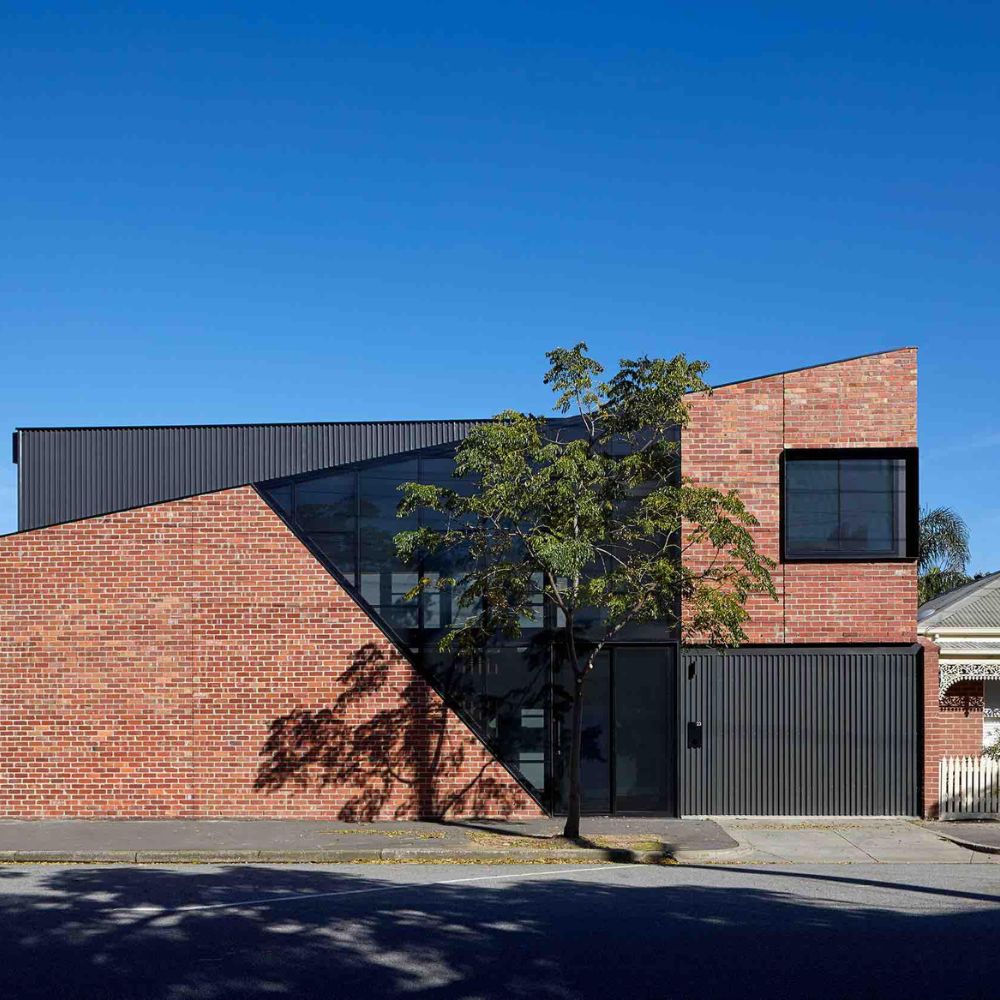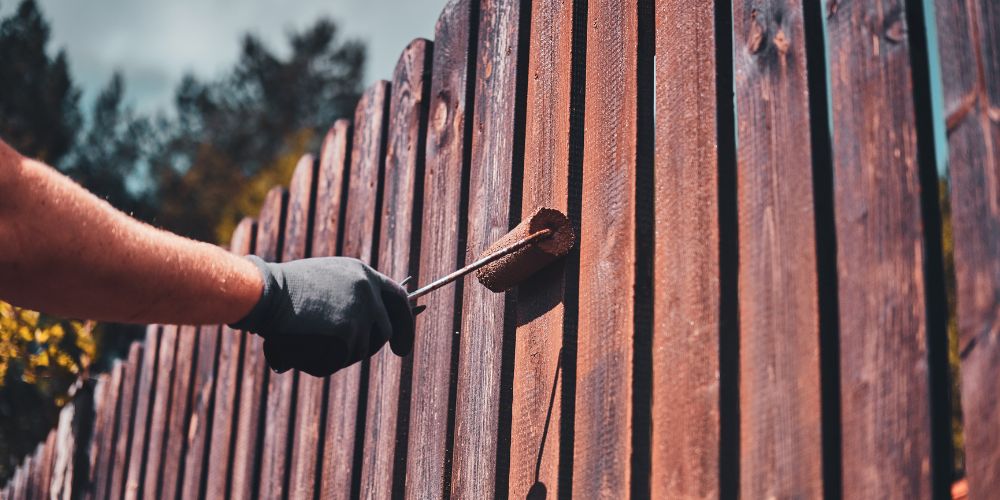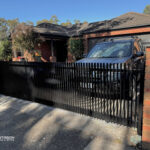
Enhancing both the security and aesthetic appeal of your property, fences play a pivotal role. Whether you aim to safeguard your pets, demarcate boundaries or elevate your home’s overall appearance, the construction and upkeep of your fence are paramount. In this blog, we’ll delve into top best tips for building and maintaining your fence to ensure its effectiveness and longevity.
Best Tip 1: Selecting the Appropriate Material Fence
Choosing the right material stands as a fundamental decision in fence construction, influencing not only its appearance but also durability and maintenance needs. Here are some common best tip options:

- Wood: Renowned for its timeless charm, wood fences necessitate regular maintenance to thwart rot and insect damage.
- Vinyl: Mimicking the aesthetics of wood, vinyl fences are low-maintenance and resilient against rot and pests.
- Metal: Aluminum and steel offer robustness and security with minimal maintenance requirements, primarily focused on rust prevention.
- Chain Link: Affordable and low maintenance, though privacy might be compromised compared to other materials.
- Composite: Blending the advantages of wood and plastic, composite materials present a durable, low-maintenance alternative.
Best Tip 2: Plan Your Design Carefully

When planning your fence design, it’s essential to take into account various factors to ensure a successful and aesthetically pleasing outcome. Begin by assessing the layout of your property, considering its size, shape and any existing structures such as buildings, trees or landscaping elements. Understanding the existing features will help you determine the best tip for your fence and ensure that it complements the overall look of your property.
Local regulations and guidelines
It’s crucial to familiarize yourself with local regulations and guidelines regarding fence installation. These regulations often dictate the maximum height allowed setback requirements from property lines and any special considerations for corner lots or historic districts. By adhering to these rules, you can avoid potential legal issues and ensure that your fence meets the necessary standards.
Understanding of your property
Once you have a clear understanding best tip of your property and the applicable regulations, you can proceed to create a detailed plan for your fence. Start by measuring and determining the dimensions of the fence, taking into account factors such as the desired height and the length of each section. This information will guide you in estimating the necessary materials and budget for your project.
Gate placement is another crucial aspect to consider during the planning phase. Determine where you would like to have access points to your property and plan the appropriate gate locations accordingly. This may involve considering factors such as convenience, security and the flow of foot traffic.
By taking the time to carefully plan your fence design, considering the layout of your property, adhering to local regulations and incorporating any desired features, you can create a well-thought-out and visually appealing fence that enhances both the functionality and aesthetics of your outdoor space.
Best Tip 3: Set a Budget

Setting a budget is a crucial best tip in any fence project to ensure that you have a clear understanding of the financial implications and to prevent overspending. Here are some key considerations to help you establish a realistic budget:
- Material Costs: Research the different types of fencing materials available, such as wood, vinyl, aluminum or chain-link and determine their respective costs. Take into account the quantity of materials needed based on the dimensions of your fence plan. Keep in mind that prices can vary depending on the quality and availability of the materials.
- Labor Costs: If you plan to hire professionals to install your fence, obtain quotes from reputable contractors or fencing companies. Labor costs can vary depending on factors such as the complexity of the project, the type of material being used and the local market rates. Consider obtaining multiple quotes to compare prices and services.
- Additional Features: Determine if you want to incorporate any additional features into your fence design, such as gates, post caps or decorative elements. Research the costs associated with these elements and factor them into your budget accordingly.
- Permits and Regulations: Some localities may require permits or inspections for fence installations, which may involve additional fees. Research the specific requirements in your area and include any associated costs in your budget.
- Contingency Fund: It’s always a good idea to set aside a contingency fund within your budget to account for unexpected expenses or unforeseen challenges that may arise during the construction process. A contingency fund of around 10-15% of your total budget is generally recommended.
- Long-Term Maintenance: Consider the long-term maintenance costs associated with your chosen fencing material. Some materials may require regular upkeep such as staining or painting, while others may be more low-maintenance. Take these costs into account when establishing your budget.
By carefully considering these factors and determining a realistic budget, you can make informed decisions throughout the planning and construction process. Remember to prioritize quality and durability within your budget to ensure that your fence not only meets your initial needs but also stands the test of time.
Best Tip 4: Follow Proper Installation Techniques

Proper installation is key to the success of your fence project. Follow these essential installation techniques to ensure a sturdy and professional-looking fence:
- Dig deep and sturdy post holes: Ensure that your post holes are dug to the appropriate depth and anchored securely in the ground to provide stability and support for your fence.
- Use a level: Ensure that your fence panels are installed straight and level to maintain a uniform appearance and prevent sagging or leaning over time.
- Space your posts and panels evenly: Proper spacing between posts and panels will help ensure that your fence is structurally sound and visually appealing.
- Secure your fence panels properly: Use high-quality hardware and fasteners to secure your fence panels to the posts, ensuring that they are securely attached and will not come loose over time.
Best Tip 5: Safeguard Against Pests

If you reside in an area known for termite infestations or other pest issues, it is advisable to take preventive measures to protect your wooden fence. Consider applying protective treatments or barriers specifically designed to deter pests. These treatments can help safeguard your fence from potential damage and prolong its lifespan. Additionally, conducting regular inspections will enable you to identify any signs of pest activity promptly, allowing you to address the issue before it escalates into a significant problem.
By taking proactive steps to protect your fence against pests, you can ensure its durability and longevity. This will not only save you from costly repairs or replacements but also help maintain the overall integrity and appearance of your property.
Remember to prioritize regular maintenance and inspections to keep your fence in optimal condition. By doing so, you can address any potential pest-related issues promptly and ensure that your fence continues to serve its intended purpose effectively.
Conclusion
When building a fence for your home, it’s essential to keep these best tips in mind. First, carefully plan your design, considering your property layout, existing structures, and local regulations. Next, set a realistic budget that covers material costs, labor, and any additional features. Additionally, take preventive measures to protect against pests, such as applying treatments or barriers. Finally, prioritize regular maintenance and inspections to ensure the longevity and functionality of your fence. By following these best tips, you can create a well-designed, durable, and secure fence that enhances your property and provides you with years of enjoyment. When you’re ready for that new fence, contact Pentagon Fencing & Gate




